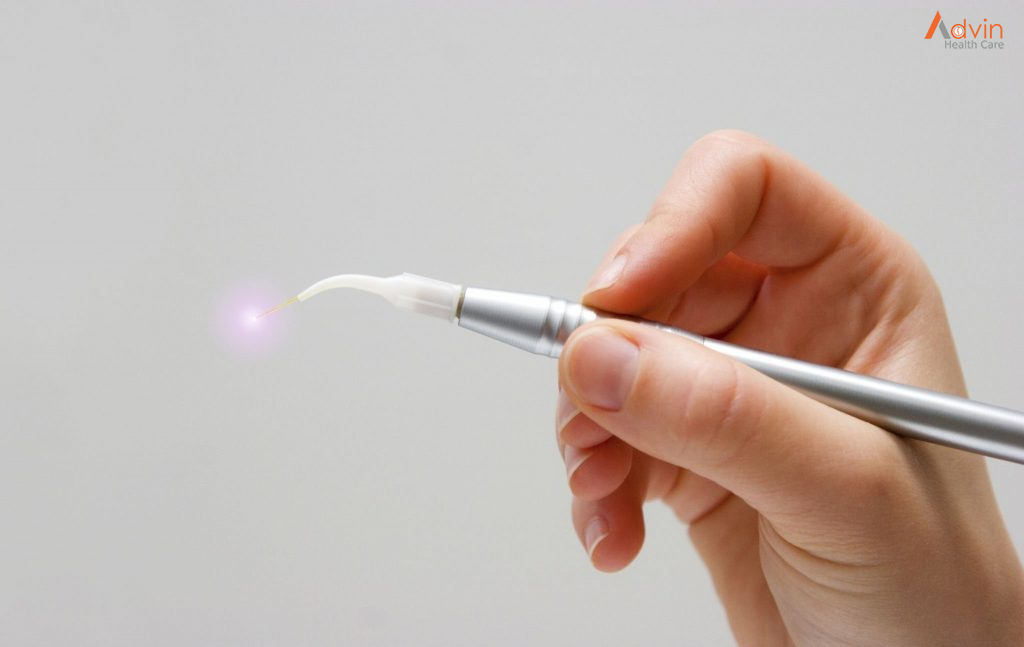Every day, oral healthcare providers must synthesize patient data such as intra- and extraoral exams, radiographs, clinical images and oral histories to develop treatment options. From there, a shared decision-making process between provider and patient serves to define the treatment plan, but the quality of the data and our ability to communicate and educate helps to inform patients’ decisions and shape the treatment path. The process of collecting patient data, documenting the clinical situation and planning treatment has been impacted by several key technologies.
The use of technology is no different. Tech advancement is usually created out of a need or a pain that is being addressed. As such, it is positioned to address those.
However, as you know, in life you cannot get anything without sacrificing something else. In the case of technology, you will be sacrificing both time and money. Time to learn the technology and its application and money to purchase the rights to use it ahead of your counterparts. This short article aims to put this sensitive balance in perspective and help you determine which technologies fit who you want to be as a dentist.
Considering the fallout of the COVID pandemic that is running rampant throughout the world, you have probably been exposed to hundreds of tech solutions that are being pushed with an increased sense of urgency. Having said that, the key is to remember that technology must enable your vision and purpose for your patients and not the other way around. The most important aspect of technology adoption is the understanding of the value received versus the price paid for the service.
We, understand that your ability to use the latest technology requires you to not only accept the cost of it, but to also ensure that you and your team are properly trained in using the new technology. It is imperative that you understand the benefits of pivotal technology and build it into your clinic plan. As we dive into the 3 main technologies to take advantage of in 2021.
Digital Impressions

Traditional impressions have been one of the most obnoxious activities a patient can have in a dental clinic. A patient cannot have a positive experience in a clinic, if the impression material is sliding down their throat. Now that you had this unpleasant feeling We urge you to join the “digital dentistry” movement and ensure that you are working in a clinic that offers digital impressions and is incorporating digital tools to remove awkward experiences for patients.
We have rev switched clinics. Not because they were performing bad dentistry, but because they were not using the most advanced tools to ensure my comfort. If no one is going to educate patients in your vicinity, you will be safe. However, I can guarantee that there are passionate and driven dentists in your vicinity who are planning and implementing strategies to win over these patients through education.
As the cheapest technology piece in this article, I can confidently say that the long-term benefits of having it outweigh the cost of both the system and the training required. In time, digital impression will become a standard of practice. Until then, you have the option of leveraging it towards building a strong patient base with patient comfort at the forefront.
Laser – Minimally Invasive Dentistry

Minimally invasive dentistry (using a laser) has been around for quite a while now. The composers of this technology have failed to penetrate the market to the point of laser use becoming mainstream. Without getting into the politics of why that is, we like to urge you to explore this technology. The ability to treat conditions in a minimally invasive way with tools that are better than your metal instrument is another option you can offer your patients for conditions you traditionally just “watch”.
Considering that there are two main types of laser (soft and hard tissue), it is imperative you leverage industry training to ensure you profoundly understand this technology ahead of making it a unique provisioned service in your clinic. The versatility of laser technology in the treatment of a myriad of conditions is enough of an incentive to make it attractive to any young dentist in today’s industry.
As mentioned above, there are both soft and hard tissue lasers, which are grouped by their frequency. As you consider this technology, it is imperative you select the right vendor and the appropriate type of laser and education. This path requires a substantial investment as laser technology rapidly changes, but you can compensate for it by providing a wider array of services to your patients.
Digital Radiography

Digital capture of intraoral radiographs is simple, predictable and, just like loupes, has changed world. From the elimination of chemicals to the instant gratification of digital sensors and the ability optimize views on a large viewing monitor, digital radiography allows you to better diagnose potential problems. It is almost hard to believe that we were capable of appreciating early carious lesions on the small film we used to use!
Digital Scanning

The most recent technology is digital scanning. When combined with the electronic record, digital images and digital radiography, we can now not only educate patients about what their current situation is, but also show how we can address their complaints and even plan/predict the final outcome. For orthodontic, crown and bridge, and implant cases, we utilize digital scanning not only to plan treatment but also for communication between providers and laboratory technicians.
Digital Records

Perhaps it is because you run a software company that specializes in dental electronic records. Unfortunately, there are (too) many clinics that are still using paper charts for record keeping. After using a paper chart for over 20 years, electronic charts will be quick and efficient to document the patient’s needs. Having said that, the management and administration of recommended treatment through paper charts is a complete disaster.
If you are still reading, you agree that maintaining digital records is the way to go. Although this is true, and although colleges create a strict and clear outline of how records should be kept in a digital form, looking at the reality of record keeping, it appears that much is left to interpretation.
Digital X-Rays

There is much research out there with regards to digital radiations. Even if you prefer to take additional images, it will expose the patient to less radiation versus traditional x-ray equipment. The ability to have more angles of x-ray, while not exposing the patient to additional radiation, increases the probability rate of the acceptance and success of the proposed treatment. On top of digital x-rays, it is important to mention intra-oral images and fluorescent light images. Using these tools, you are better equipped to help patients with prevention of dental conditions.
Digital Charts

Let’s face it, you are looking for a quick way to document what you must so that you are able to continue caring for the patient. The problem is that the paper never translates into a database that easily. There is a substantial amount of manual entry by the existing administration team. Once you have transformed the information into digital patient files, you are able to continue and leverage the digital platform to create the appropriate treatment plan for the individual in question.



